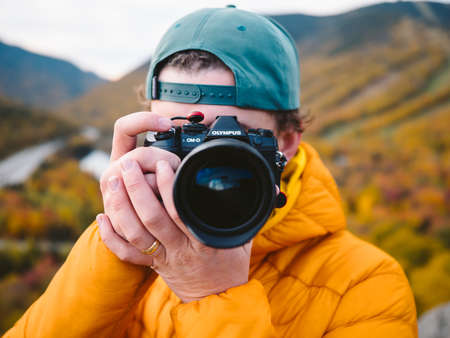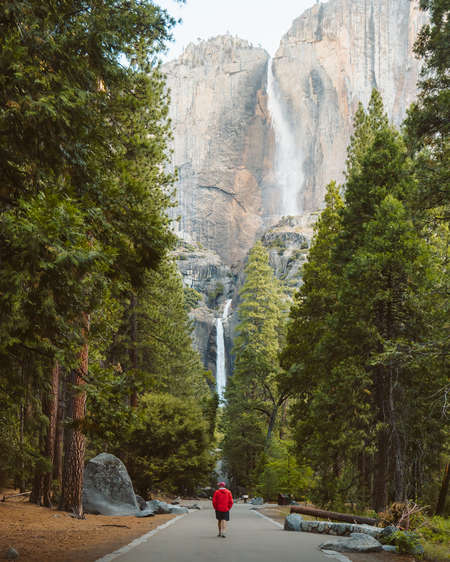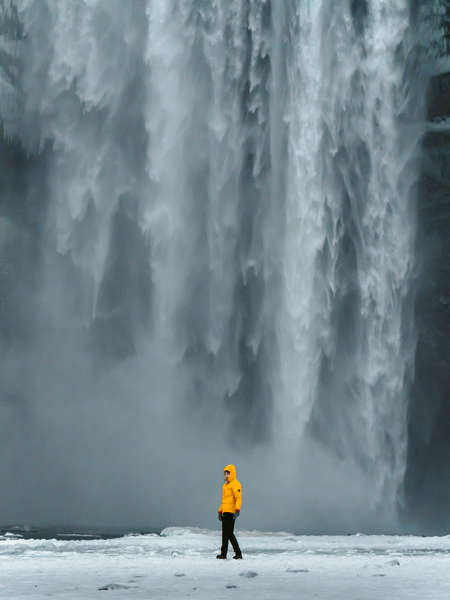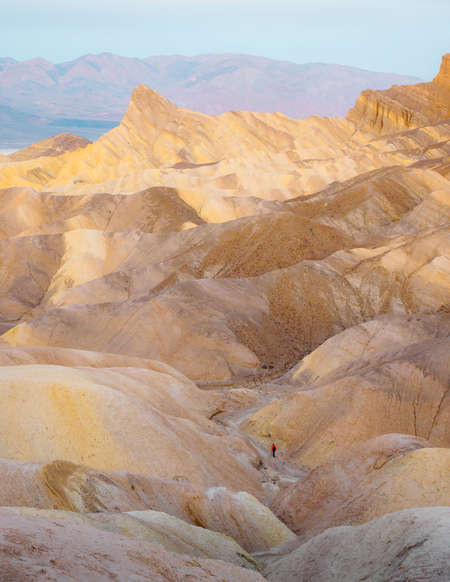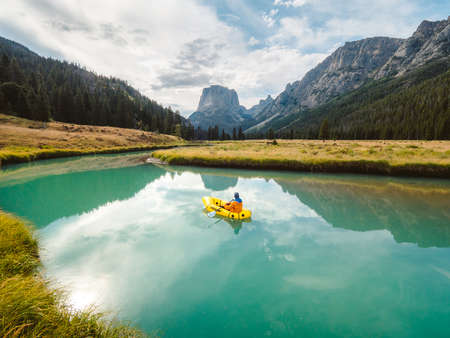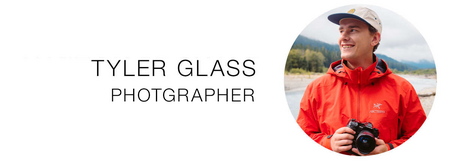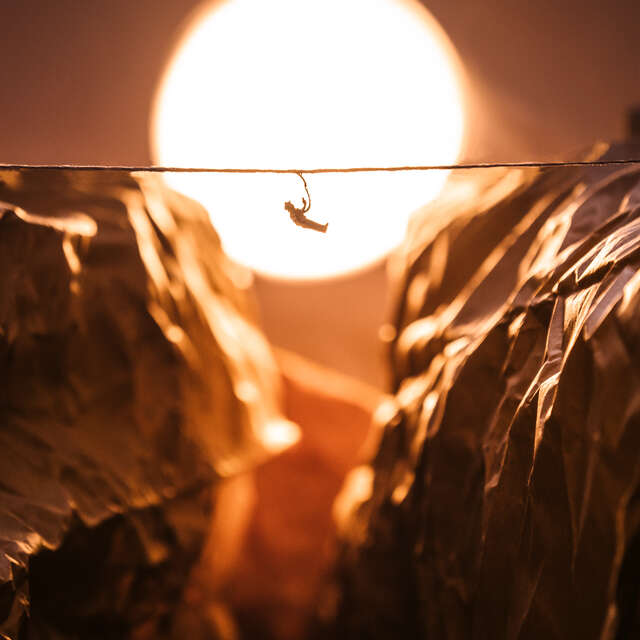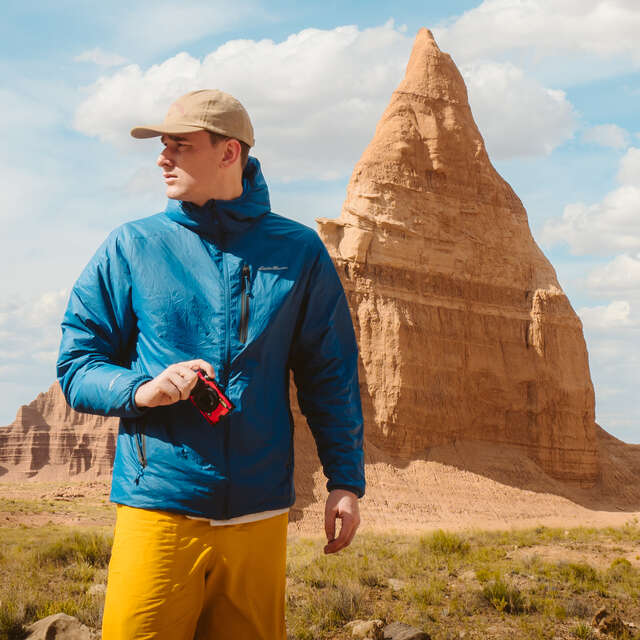Research and education on a location are essential to my process as a photographer. My overall goal as a landscape photographer is to inspire and convince others that the places I travel to need our protection and are worth fighting for. These wonderful places are fragile, and every decision we make directly or indirectly affects them. I know how tempting it can be to do anything to get that one special photograph, but I promise you it is not worth it.
Education
Before traveling to any location, I’ll spend time surfing the web looking for new places to photograph, and also educating myself on local laws, customs and a general set of principles to ensure the safety and conservation of any ecosystem I step foot in. Since the rise of Instagram and other forms of social media, there are new dangers for the places that are some of the most popular to photograph.
For the most part, educating yourself is easy and takes a little research on both local laws, and laws that apply specifically to that place, such as National Park rules, State Parks and any other protected area. There are countless websites out there that will educate us on things such as where to drone, where to camp and if we need permits, if campfires are allowed in the area, and what parts of a particular area are strictly off limits to visitors. You can also learn about guidelines – like leash laws – for bringing pets with you on your travel adventures.
- The National Park Service, National Wilderness Service, and State Parks all have specific websites for each individual park which will detail every rule you need to follow when visiting, where you get camping permits, and emergency updates.
- For drone regulations, I use the AirMap, an app for your phone that shows almost everywhere it is either legal or illegal to fly.
- If you're traveling internationally, check government or official tourism websites for the region to learn about local laws. Many popular travel destinations, like Iceland, Norway, and New Zealand, have guidelines to help protect the integrity of the environment.
Park rules can seem like common sense, but it all has a reason for being put into place. Protected lands are there to preserve both the flora and fauna of that region. Human interaction can lead to changes in migration patterns, destruction of rehabilitated areas, and unwanted encounters with wildlife.
Local Protections and Customs
Environmental protections aren’t the only reason to be educated about a location. For some people, a particular piece of land can have religious significance, historical value, or more importantly, is home.
One example of this in the US is the Havasupai Indian Reservation, which is the home of the Havasupai tribe. This land is also home to well-known landmarks, like Havasu Falls. The people of Havasupai not only live in this environment, but also use it to maintain a way of life.
This area receives around 40,000 visitors every year. Each visitor is required to obtain a permit and either a room at the lodge or a camping spot. It is one of the most well protected and remote reservations left in the country, and the permits and associated fees are what keep it so.
These kinds of regulations and protections are not uncommon as you travel, especially to areas where there is a high demand for access from tourists. Much of Iceland’s economy is fueled by tourism and the attraction of their incredibly diverse environment, which leads to important protections the local ecosystem.
Geotagging
Respecting protected area goes beyond your initial visit.
Geotagging is a wildly controversial subject, especially for photographers on social media, like Instagram. Once you geotag a landmark on the platform, the viewer can simply click on the tag and find out the exact location.
In the spring of 2019, a poppy farm in Lake Elsinore, California had what's known as a “super bloom;” something that usually occurs every eight years when the conditions are perfect and the area receives larger amounts of rain than usual. I will forever remember what is now called the “poppy apocalypse.” Travelers happened upon the area early in the season, photographed the incredible scene, and geotagged the exact location on social media. The Saturday after these Instagram posts went viral around 50,000 tourists entered the city in one day, causing it to shut down. The fields were trampled and plucked within a matter of days, until there was barely anything left.
One personal example of this happened last year, when I photographed an almost unknown area of Utah. That post that was seen by 100,000 people. It was one of the most beautiful and untouched places I had ever visited, and it could have so easily been overrun the very next weekend.
Sharing photos of the world is a beautiful thing. I love to inspire people to go out and chase these places, but doing the research to find a place is also a part of the adventure for me. I want my viewers to get that part of the experience as well, so I never geotag an exact location but a larger area. Consider tagging the country you're visiting, state or province you're in, or larger National Park or mountain range name versus an exact landmark.
Learn With Each Trip
I am not perfect and have made my fair share of mistakes on public lands which has made me all the more careful when planning my trips.
When you’re traveling, there won’t always be signs or direct information at a location, so it is important to do the research beforehand. In 2018, I made the mistake of taking a restricted path for the purpose of rehabilitating the moss and floral density of the area in Central Oregon. There had previously been signs there, but they were illegally removed before my arrival, so at the time I had no way of knowing it was a restricted area. Later on, I was informed on my Instagram post that I had broken a law by being on the trail. I had to dig pretty deep to find information on that particular part of the trail – but sure enough, there was information on the rehabilitation in progress. I ended up putting a disclaimer in the caption of the photo, warning people that the signs had been taken down and you shouldn’t shouldn’t go off the main path. To further discourage travelers from going off this path, I removed the photo once people had a chance to see the disclaimer.
It’s important that we face our mistakes and do what we can to correct them. In this case, I was able to use my mistake as an opportunity to help educate others.
More people are beginning to travel, parks are becoming more populated, and people are taking more pictures – which is such a wonderful thing. With this comes the need to educate not only ourselves but one another on the need for education. We must go out of our way to learn about the places that we plan to visit, especially if we plan on photographing it and sharing it with the world. The more we know about these special places, the more likely we are to keep them safe.
Instagram: @tylerwayneglass
Tyler is a photographer and writer, born and raised in Louisville, Kentucky. His ultimate goal in being a creative is to inspire others through his images, and to care more for the beautiful planet that we inhabit.
